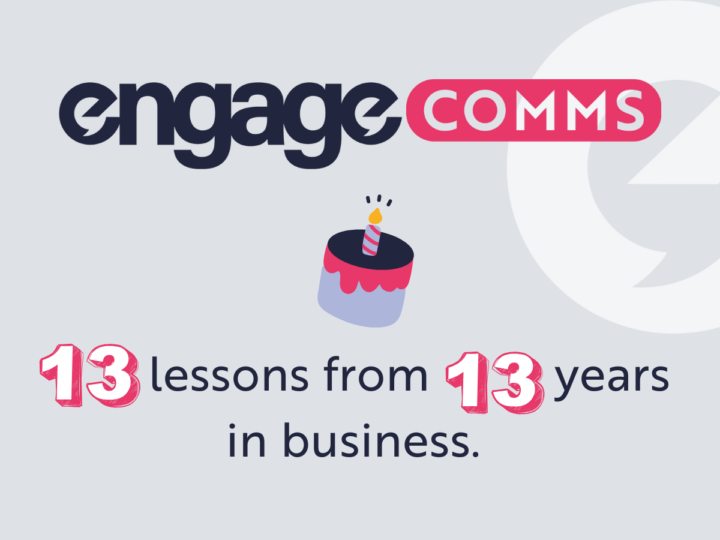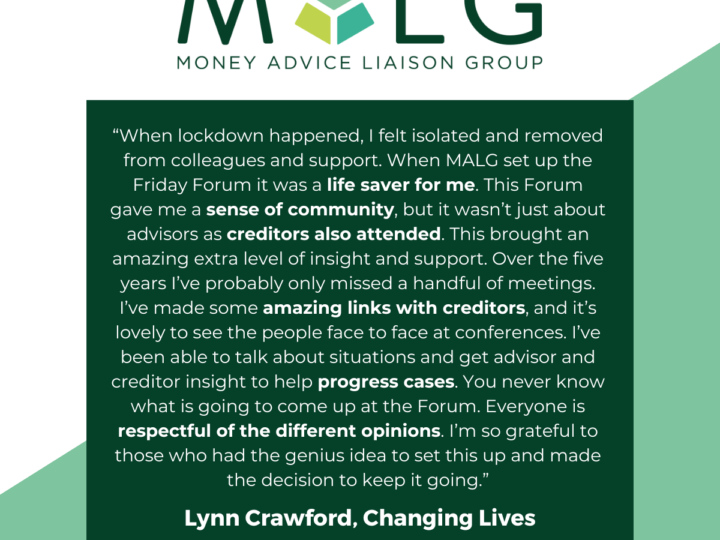I delivered a CIPR Yorkshire & Lincolnshire Breakfast Briefing on employee social media policies this morning at the fantastic Inkwell in Chapel Allerton, which is supported by mental health charity Leeds Mind.
Attendees included consultants and in-house comms people who work in sectors as varied as pensions, technology, education and Local Government. I wanted to give them a different perspective on how to create an employee social media that embraces the opportunities as well as manages the risks using best practice examples from B2B professional services firms. The crux of what I was saying was that employee engagement and the cross over between PR and HR is key – a principle that is relevant in any sector, organisation or business.
Why do you need an employee social media policy?
Many senior management teams have previously seen social media policies as a means of protecting corporate reputation by limiting what employees can do online during work time and, if possible, in their spare time. Not only is this an outdated view that is almost impossible to legislate for, it can damage corporate reputation and productivity further. There have been cases where employees have been dismissed for their use of social media, which have reflected badly on the employer for their short sightedness.
What about the opportunities?
Forward thinking organisations (like Grant Thornton – see video below) are thinking about the opportunities as opposed to the threats when it comes to their social media policies.
Limiting staff’s use of social media with a ‘rule book’ style policy will
– seriously limit the power of social media as a business development tool
– have a negative impact on morale, employee engagement and talent retention/attraction
– make your organisation seem closed and ‘faceless’
People buy people. You can only truly engage via social media through people – your staff are the key to its success… and the success of your organisation!
So, how do you get people on board with this way of thinking?
It will be difficult to get senior management on board with the opportunities if they are focused on the risks. You need to
1. Show them the tangible business benefits – especially how your competitors are engaging with your potential customers online
2. Find ambassadors at all levels from across the organisation to be guinea pigs – and give them the freedom and autonomy to lead the way
3. Find a compelling, engaging and simple way of communicating the boundaries and opportunities to all staff
Try not to over think it
Social media moves quickly and mistakes will happen. Often, the best social media policies are developed organically by experimenting. As long as you use common sense and have senior management buy in, it shouldn’t be a problem. Watch this video of Chris Allen, Managing Partner of Leeds-based Black Solicitors talking about how they have embraced Twitter as a fantastic example!
Are social media policies just for employees?
No. You need to get senior management to ask themselves: Is it OK to check candidates’ social media profiles out before recruiting them? Can you dismiss someone for saying something on their personal Facebook account if it’s not linked to the company? The law is always changing so you need to keep on top of it but you also need to think about being open minded, trusting your people and allowing for mistakes – it’s the best way to learn.
Having said all of that, it is not easy to persuade your organisation to take this forward thinking approach – and if you are the one who pioneers it, you may find yourself as the fall guy if anything goes wrong. It is the age old problem for in-house marketing-comms people – you are often seen as the only ones who are responsible for communications. This mindset needs to be changed so that everyone ‘owns’ social media and you just advise on it. The finance team aren’t the only people responsible for managing budgets and the HR team aren’t the only people responsible for line management. Start to see yourself as an external consultant – or bring in external consultants (I know, I would say that!) – to deliver training and consult with people across the organisation so that everyone is bought in.
Click here to view my full presentation online. Post any further questions you have below and I’ll do my best to answer them!



